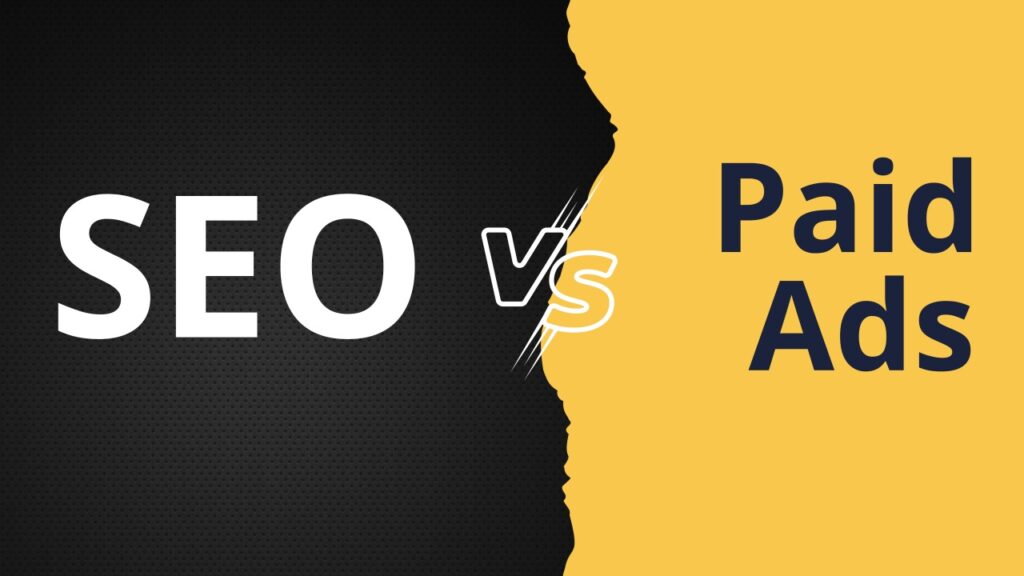Should B2B SaaS companies invest in SEO or PPC? Both channels offer benefits, but they serve different roles in the funnel. Here’s a deep dive into their comparative strengths—and why the best strategy often includes both.
Speed vs Sustainability
Paid ads offer instant visibility and can be scaled up or down quickly. This is especially helpful for product launches, promotions, or entering new markets. SEO, by contrast, is a long-term investment. While it takes months to gain traction, SEO builds a content and keyword foundation that drives consistent traffic without ongoing ad spend. Once you rank for key queries, the cost per acquisition typically drops over time.
Cost Efficiency
PPC is expensive, particularly in the B2B space. High-intent keywords like “enterprise CRM platform” or “SaaS billing software” can cost $30–$70+ per click. SEO requires investment in content strategy, writing, technical audits, and link building, but over 12–24 months, the cost per lead (CPL) often becomes more favorable than PPC. Successful SaaS companies often see SEO leads cost 50–70% less than paid traffic. These costs can vary depending on whether you do SEO in house or use SaaS SEO services.
User Trust and Behavior
Research shows B2B buyers often click on organic results over ads. These users are performing deep research, evaluating software options, and looking for authentic thought leadership. Appearing in the top organic results through guides, case studies, and use-case pages can increase brand authority and customer trust significantly. Organic content also performs better in terms of time on site, lower bounce rates, and multiple pageviews.
Conversion Quality
PPC works well for bottom-of-funnel (BOFU) conversions—targeting users actively searching for solutions. It’s ideal for high-intent terms like “get a demo of [tool]” or “best [category] software.” SEO captures demand across the funnel, from awareness to consideration to decision. This means you can nurture leads over time with relevant content, increasing overall lifetime value.
Data and Insights
Paid search gives immediate data on click-through rates, cost per conversion, and keyword performance. Use this insight to validate assumptions, test new markets, and uncover high-converting messaging. Then, feed this information into your SEO strategy. For example, if “remote project collaboration software” performs well in paid campaigns, double down on SEO with blog posts, use cases, and landing pages on that topic.
Best Practice: Combine Both Channels
Smart SaaS marketers use PPC to test what works fast, and SEO to scale what works long term. Run A/B tests with ads, identify high-performing value propositions, and then invest in SEO content clusters that target those topics organically. Use remarketing to re-engage organic visitors who didn’t convert on their first visit.
Conclusion
There’s no need to choose between SEO and PPC—they’re complementary. For B2B SaaS companies, the most resilient growth strategies leverage the agility of PPC with the compounding returns of SEO. Together, they drive both immediate pipeline and sustainable growth.

